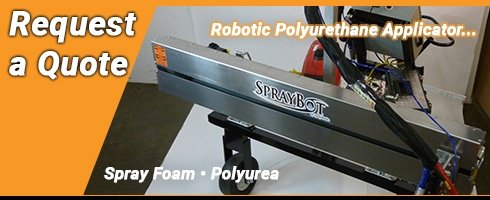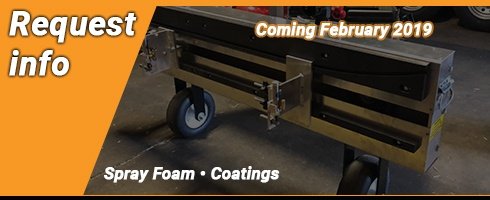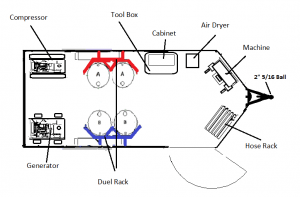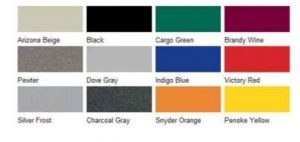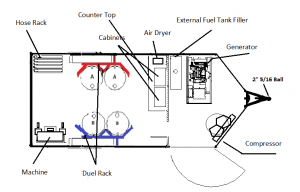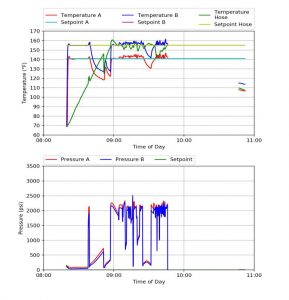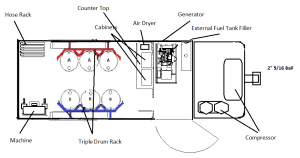A Guide to Selecting the Right Hose
Selecting the right hose for your proportioner or reactor may seem like a simple step, but when it comes to choosing the final product – it can be overwhelming. From hose size and temperature to scuff jacket and other accessories – we break down how to choose the right hose for your machine. But first, here is a key for some codes you may see when selecting a hose.
SG or Scuff = Scuff Guard aka Scuff Jacket
CBL = Cable
PSI = Pounds per Square Inch
ASY = assembly
TC = temperature control
RTD = resistance temperature detector
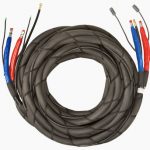
Size: The size, or diameter, of your hose is measured in inches; 1/4″, 3/8”, or 1/2”. The standard hose size is 3/8” – however you may select something different based on preference. 1/4″ was designed for the original Gusmer machines with lower volume. If you are using higher volume equipment with 4 gallons/min or more, consider a 1/2″ hose. Ultimately, the hose diameter has to do with the volume of material you want to produce.
Heated vs Unheated: Material must maintain a temperature range in order to keep the viscosity thin until it reaches the mixing head, which helps material mix properly. Especially when you’re working with longer lengths of hose or exposed to the elements, ambient temperatures can fluc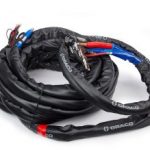
Scuff Guard: Also called Scuff Jacket, Scuff Guard is designed as a wrap for your hose – creating a barrier for your hose from snags, weather, andother potential damage. Scuff Guard is always a good feature to have in order to prevent damage to your hose and allow you to smoothly drag your hose without it getting stuck on everything. Graco recently designed an X-WRAP, which is a smoother optional add-on to hoses – making dragging hoses much easier for the applicator. When the applicator is dragging around a hose filled with material for several hours, ease of movement can make a significant difference in fatigue.
Pressure (PSI): Depending on the type of material you are using, will determine how many pounds per square inch your hose, machine, and other equipment can sustain. Hoses typically have a max of 2,000 psi for low pressure hoses and 3,500 max psi for high pressure hoses. If you are working with coatings, Polyurea, or roofing projects, you will always need a high pressure hose. If you are working with a low pressure machine and in a 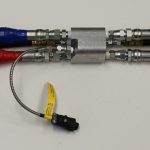
Temperature Control (TC): To set up your PMC Heated Hose System you will require at least one 50’ length of main heated hose with TC wire, one TSU assembly and one whip hose assembly. Be sure that the hose you select meets your maximum pressure requirements. The TC cable allows for connection to the TSU (Temperature Sensing Unit) that report actual chemical temperature back to the proportioner to provide automatic hose heat while spraying. Most Graco hoses come with TC as a standard.
FTS and RTD Cable (CBL): FTS stands for Fluid Temperature Sensor and you need at least one 50 ft (15.2 m) main hose, one fluid temperature sensor (FTS), and one whip hose or one wire harness jumper to make a complete heated hose assembly. Be sure the selected hose meets your maximum pressure and hose diameter requirements. PMC has complete heated hose assemblies, found with the code “ASY.”
CAN Cable: The CAN Cable is designed for Graco hoses needing to connect with the electrical data system on Graco reactors. This is an optional feature, only needed if you are monitoring your output through a Graco reactor machine.
Choose a Hose
